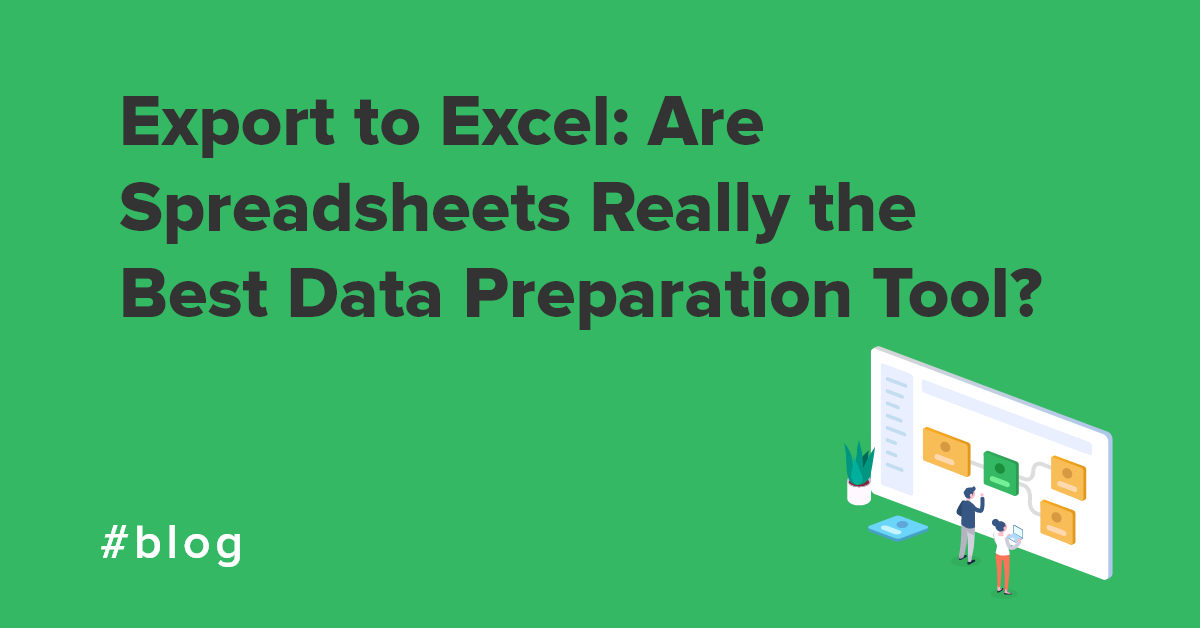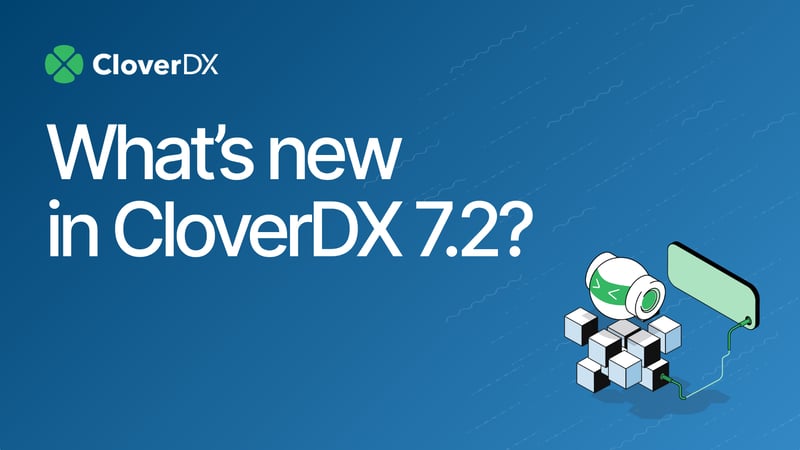The year is 1985 and Microsoft has just released the first ever version of Excel. In the same month, David Bowie and Mick Jagger release the infamous music video for ‘Dancing in the Street’. Both were major hits at the time. But, flash forward to today, and neither has aged particularly well.
The difference is that while most people accept Jagger’s theatrics as a flamboyant disaster, 70 percent of us still rely on Excel for everyday data preparation and reporting. In many cases, it even acts as an intermediate data store when moving data from one application to another.
The issue with this approach is that Excel was never designed to handle the large-scale data volumes we see in modern business. Yet, more than two-thirds of organizations still see it as the best form of data management.
So, are there really no better solutions available?
Fortunately, no. In this article, we’ll explain why exporting to Excel is no longer the gold standard of data preparation and offer an alternative approach.
The problems with exporting data from a database to Excel
Change is never easy – especially if you’ve relied on the same data management tool for the last 30 years. But just because you’ve always done things a certain way, doesn’t mean it’s right. While Excel is great for simple calculations in restricted datasets, it is not a database software.
Here are some of the drawbacks of exporting complex data to Excel:
- It’s time-consuming – the only way to manage your spreadsheet is to manually update columns and rows when new data is available. Next week’s data must get the same treatment as the previous week’s – but there isn’t an automated process, you have to work the data again and again.
- Multiple people can make changes – since anyone with access can update your Excel document, it becomes almost impossible to track and verify changes as documents go back and forth continuously. As a result, data quality suffers and minor errors become major issues (ask JP Morgan).
- It’s difficult to query – with more official database applications, it’s easy to sort and organize data based on various queries. In Excel, this functionality requires serious coding and upkeep.
Below is a webinar on data quality. It's a good resources for learning practical ways for controlling data quality issues in your organisation.
If you’re struggling with any of these issues, now is the time to consider a new method of data preparation and reporting.
A better way to export to Excel with automated data migration
Okay, so we’ve established that Excel is a bit of a fixer-upper. But, since it doesn’t seem to be going anywhere any time soon, is there a way to export your data that is relevant, accurate, and consistent?
The answer, of course, is yes, but most of these methods require clunky, complex code. So, again, you’re at risk of human error. And, even if there is a native Excel export in the application you’re using, it won’t always be enough. Common problems with this approach include:
- Incorrect field names
- Limited volume
- Slow export speeds
- File corruption
Of course, you could always convert your data to a Text or XML file. But this often results in the same issues.
Fortunately, this is where an automated integration tool comes into play. With CloverDX, for example, you can generate XLS/XLS(X) file formats effortlessly without the need for any coding.
Here are a few key benefits:
- CloverDX doesn’t require you to install Excel on the machine that’s conducting the export. This means you can export from any installation, even Linux MySQL.
- CloverDX can export data from any database that has a JDBC driver, including: MySQL, Oracle, Informix, DB2 and Postgres.
- The export can run on any platform - Windows, OS X, Linux.
- You can conduct additional data validation and manipulation in CloverDX before writing your data to Excel.
- You can set up an error-proof process that takes the input data and produces predictable results, repeatedly, with zero effort.
If you’re doing a one-time analysis, you’ll likely be okay with the way you’ve been exporting your data. But, if you find yourself repeating the same processes on your data regularly, it’s better to implement CloverDX’s automated integration tool. This could end up saving you weeks’ worth of work.
In this scenario, you can use CloverDX to integrate your data directly with the new application, cutting out the need for Excel entirely.
Watch our video below to get a straightforward product overview of CloverDX. With CloverDX, you can design, automate, and operate data intensive jobs at scale.
Spare a thought before you export
While Excel remains a stalwart of workplace activity, it’s no longer the smartest application on the block. When exporting your data to Excel, you need to question exactly why you’re doing it. Is it to quickly query and analyse a static dataset? Or are you stretching the app beyond its original intentions?
If, like many organizations, you’ve become over reliant on Excel for heavy-duty data migrations and reporting, you could be limiting your ability to make accurate and progressive decisions. Don’t wind up stuck in 1985 – choose a more modern approach to data management and stay in control of all your data processes.
(Editor's note: page updated as of June 2020)
By CloverDX
CloverDX is a comprehensive data integration platform that enables organizations to build robust, engineering-led, ETL pipelines, automate data workflows, and manage enterprise data operations.









